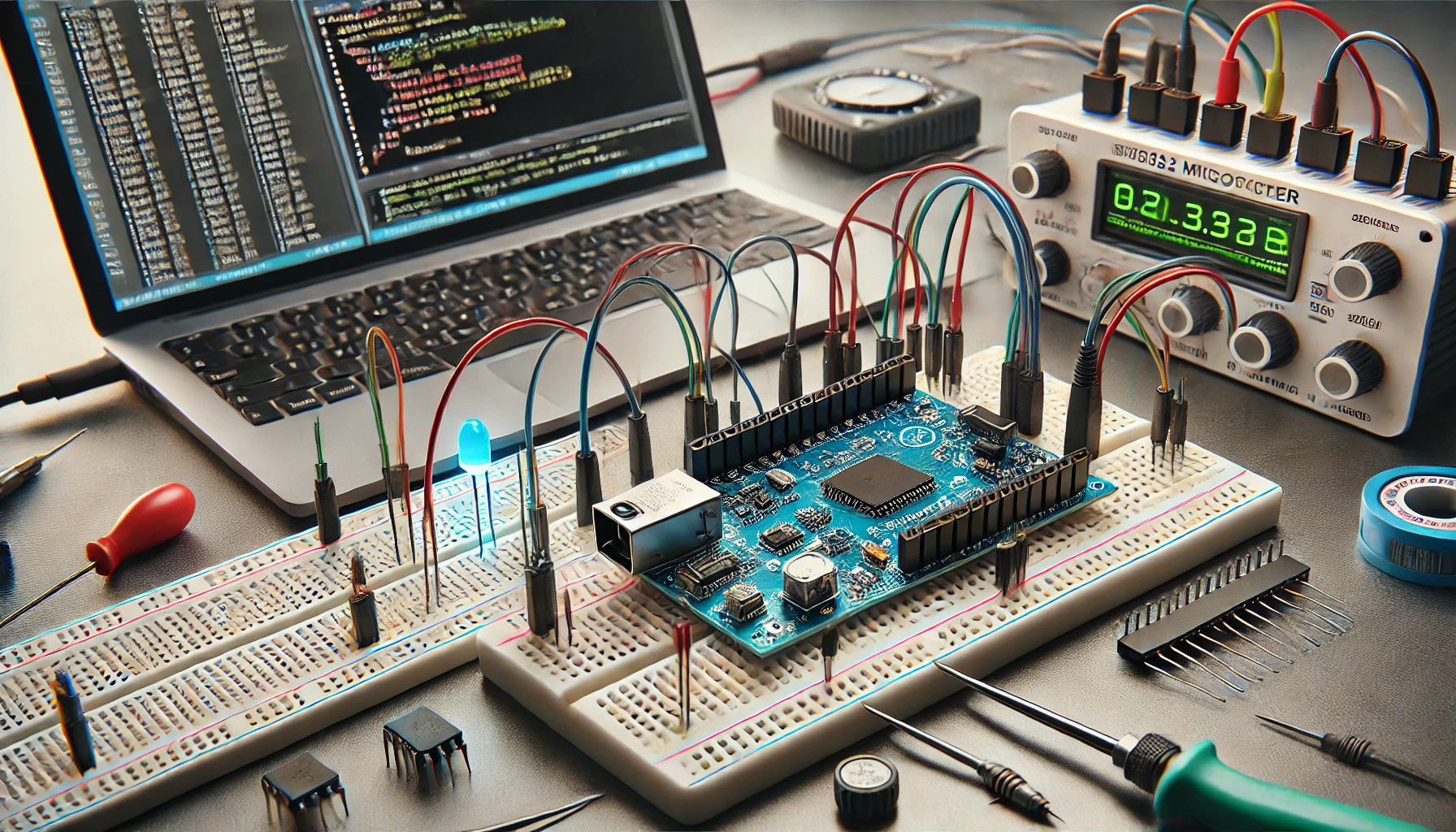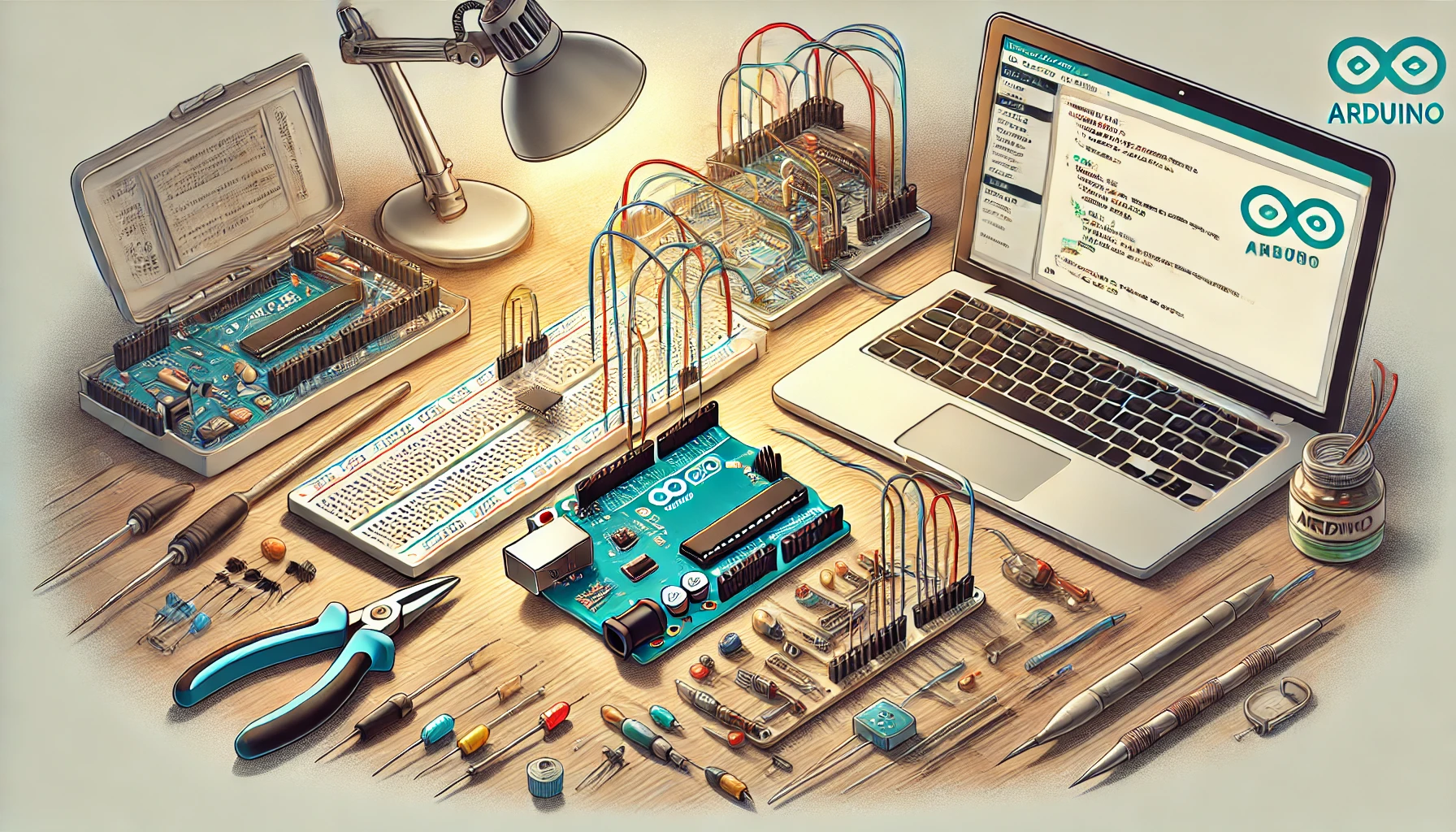
How to Fix Short Circuits on Electronic Boards with a Simple Light Bulb Trick , When working with electronic boards, dealing with short circuits is a common issue that can disrupt the functionality of the entire board or even cause larger electrical problems. However, there’s a clever, simple trick to handle short circuits without repeatedly blowing fuses or cutting power. Using a standard light bulb can help in diagnosing and safely fixing short circuits. Here’s a step-by-step guide based on expert advice to effectively troubleshoot electronic boards with this method.
Why the Light Bulb Trick Works
When a short circuit occurs on an electronic board, it can cause a fuse to blow, cutting off power to protect the circuit but also requiring replacement of the fuse each time it blows. This method can be inefficient and costly, especially if you’re repeatedly testing for faults.
The light bulb trick bypasses the need for fuse replacement by serving as a visual indicator of a short circuit. When connected in series with the board, the bulb will light up if there is a short, allowing you to test the circuit safely and continuously without blowing fuses.
Materials Needed
To perform this trick, you will need:
- A light bulb (typically around 10-20 watts for small electronics work)
- Wires to connect the bulb in series
- A basic toolkit with screwdrivers and pliers
- Access to the electronic board with the suspected short circuit
Step-by-Step Guide to Using the Light Bulb Trick
Step 1: Remove the Fuse
Before starting, remove any fuse on the circuit board to prevent it from blowing during testing. This way, you won’t need to replace it multiple times. Instead, the light bulb will act as your indicator.
Step 2: Connect the Light Bulb in Series
With the fuse removed, connect the light bulb in series with the board’s power input. This setup allows the bulb to serve as a barrier between the board and the power source. When power is applied, the bulb will light up if there is a short circuit, effectively indicating the presence of an issue without causing further damage.
Step 3: Apply Power and Observe the Bulb
Once the light bulb is connected, apply power to the board. Observe the light bulb closely:
- If the bulb lights up: This is an indication of a short circuit in the circuit board. The bulb will absorb the current, protecting the board and preventing the fuse from blowing.
- If the bulb remains off: This suggests that the circuit is functioning correctly, and there may not be an active short circuit.
Step 4: Locate and Fix the Short Circuit
Now that the short circuit is identified, you can proceed to troubleshoot and repair it. Here are some methods for locating the problem:
- Visual Inspection: Look for visible signs of damage, such as burnt components or traces of scorching, which can point to the exact location of the short.
- Use a Multimeter: If no visible damage is found, use a multimeter to measure resistance along different parts of the circuit. A low resistance reading may indicate the presence of a short.
Step 5: Test the Circuit Again
After addressing the problem area, reconnect the board without the light bulb and replace the fuse. Test the board under power to ensure it operates as expected. If the board powers up without any issues, the short circuit has been successfully fixed.
Important Tips and Warnings
- Avoid Using High-Wattage Bulbs: For smaller circuits, a high-wattage bulb can pass too much current, potentially causing further damage. Stick to bulbs under 20 watts for this trick.
- Handle with Caution: Even though the light bulb acts as a current limiter, handling electronics under power can still be risky. Use caution and avoid direct contact with powered components.
- Double-Check Connections: Make sure all connections are secure, as a loose wire could lead to false results or additional shorts.
- Practice on Simple Circuits: If you’re new to this method, practice on simpler boards or small circuits first to get comfortable with the process.
Why This Trick is Effective
The beauty of the light bulb trick lies in its simplicity and effectiveness for quick diagnostics. It reduces downtime and costs associated with repeatedly replacing fuses and provides an immediate visual indication of problems. This approach can be particularly helpful for hobbyists, DIY enthusiasts, and even professionals looking for a quick and safe troubleshooting method.
How to Fix Short Circuits on Electronic Boards with a Simple Light Bulb Trick

Video link How to Fix Short Circuits on Electronic Boards with a Simple Light Bulb Trick





Comments (0)